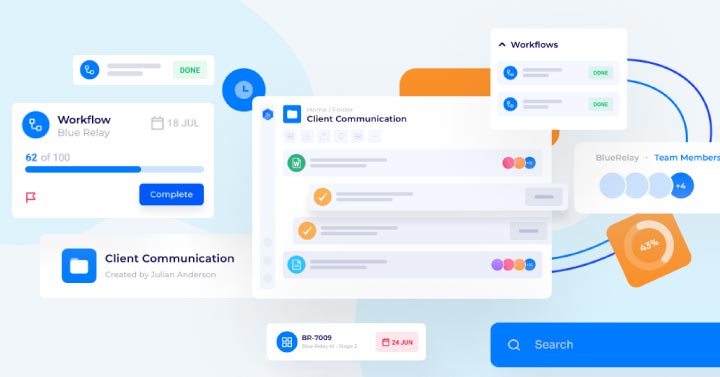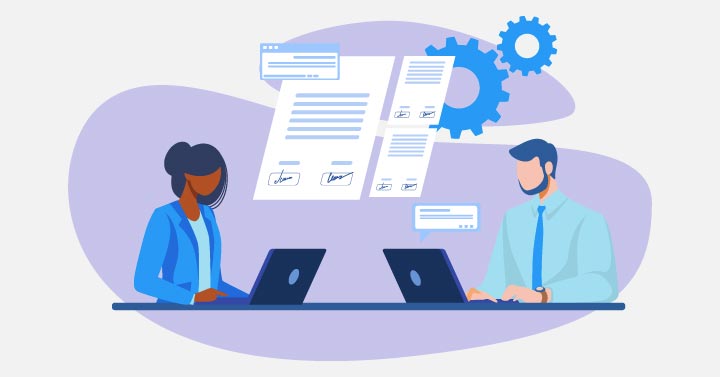Why is anyone interested in automating natural language comprehension?
Maybe one day in the future, computers will understand us – REALLY understand – and be able to answer us, ask questions and do what we want. That day is a long way away if it ever comes, but with today’s technologies – like Watson Tone Analysis and Natural Language Understanding – we can help people communicate with other people more effectively and with fewer misunderstandings. We can use this to write better letters to clients, identify particular confusing sections in contracts, or send incoming complaints from the unhappiest customers to the appropriate specialist to resolve. Natural language processing is the next huge step forward in personal productivity when it comes to reading, editing, and managing documents.
Natural language comprehension can be divided into a few important categories:
- Tone analysis identifies the emotional and social overtones of the language – is the writer happy and confident? Angry and emotional?
- Language complexity provides a measure of the language skills required by the reader to understand what is written. There are a number of different standards in use, but all attempt to measure the reader’s skill with the language (e.g. English) to understand the content of the document.
- Concept analysis identifies people, places, organizations, products mentioned in the text and their relationships with each other in the context of the document.
These functions are all algorithms which are trained to analyze the words and sentences in a document (or spoken word, but we’ll focus on text for now) and produce some kind of scorecard measuring the significance of the tone, complexity or entities described. The algorithms described above are readily available but typically require processing one document at a time, in isolation, or a custom programming effort. The challenge is then to decide what to do with these scores and how to process the thousands, or millions, of documents and communications that your company must deal with – i.e. how do we take this information and use it to communicate both better and more efficiently?
Introducing CLEAR
The goal of the Blue Relay CLEAR initiative (Cognitive Language Engine to Assess Readability) is to make it easy to integrate these sophisticated (and rapidly changing) algorithms into practical and efficient business processes to produce better documents and communications. Blue Relay provides a comprehensive platform for enterprise-wide document management through state of the art document revision and comparison, automated routing for team review and approval, and process analytics to measure efficiency. With BR-CLEAR, editors can now see and measure the tone and complexity of content – in a paragraph by paragraph basis through an intuitive, color-coded visualization. When used with Blue Relay’s side-by-side document revision comparisons, it’s easy to see how revisions have improved or otherwise altered these factors. Having these intuitive visual aids seamlessly include tone and complexity analysis into a document review cycle makes natural language comprehension a natural part of the process.
Implementing CLEAR
As an example, consider an American health insurer that has numerous health plans and communications with their clients. Being both medical and legal in nature, these are inherently complicated and often lengthy, but at the same time must take into account that the client may not be proficient in English, and may even be dealing with an emotionally challenging medical situation. Striking the right balance between accuracy and the tone of the document is critical to the perception the customer will have of that organization. In addition, the U.S. Government Plain Writing Act dictates that all communications be clear and easily understood by their clients. BR-CLEAR can provide both the platform needed to help teams reach that goal and the reporting necessary to demonstrate compliance with that regulation. This combination of advanced scientific algorithms with the tools needed to achieve business goals is what makes BR-CLEAR the natural choice.
“Advances in cognitive technologies present an opportunity to dramatically broaden the reach of automation services for our clients,” says Adam Caromicoli. “Working with groundbreaking technology initiatives such as IBM’s Watson, our service teams are integrating these capabilities into our customer solutions, including our Blue Relay software, to enable automation levels that significantly increase business efficiency and until recently were largely theoretical.”
Blue Relay is bringing CLEAR to life and is competing in the Watson Build global competition. Stay tuned to keep up with our progress!
Easily manage your processes, materials and teams with Blue Relay.



